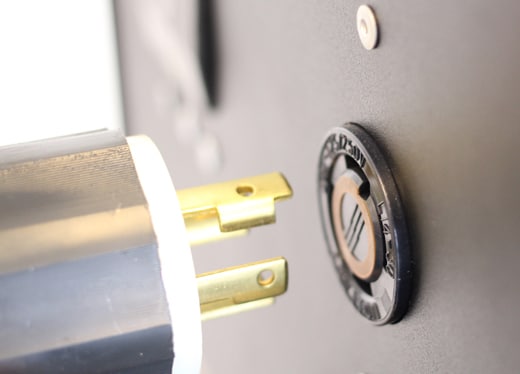Here’s What You Need to Know to Make the Most of Your Equipment
Are you confused with the difference between single-phase and three-phase power? If so, you’re not alone. One of the best beginner machinist tips we can give is to use three-phase power from the git.
Although many types of machining equipment operate off three-phase power, owners of this equipment often don’t realize what this means until it’s in their shop. But a lack of proper three phase power can prevent you from getting the equipment you really need, setting up the equipment you have, getting the equipment they really need, or even from growing your business.
So let’s clear the confusion and help you get three-phase power right.
Common Misconceptions about Three-Phase Power
— You have to get a building that already has three- phase power installed.
— You shouldn’t buy three-phase power equipment for your workshop or business because — you won’t be able to install it.
— Your only option for three-phase power is to spend tens of thousands of dollars to get it installed by the electric company.
— You need a diesel-guzzling, dirty, noisy generator to create three-phase power.
Worst of all, some machinists even buy three-phase machinery without knowing it requires three-phase power to run! Now, that’s frustrating!
3 Keys to Optimal 3-Phase Power
Whether you operate a full-time shop or like to tinker around in your garage on the weekends, here’s some good news. For manual mills and lathes, CNC mills and lathes, or machine and turning centers, a rotary phase converter can give you the precise power you need while keeping your costs low.
So, what makes a good rotary phase converter? The right solution should provide these three advantages:
1. Voltage Balance
2. Reliable Start-up
3. Scalability
1. Voltage Balance
CNC phase converters are phase converters that meet the requirements of 3-phase CNC applications by maintaining at least a +/-5% voltage balance. The more balanced the output of the rotary phase, the better a piece of equipment will operate and the longer it will last. Unbalanced voltages seen with non-CNC phase converters can be hard on the equipment, causing undesirable conditions such as excess noise and poor performance.
Rotary CNC phase converters can be used on any type of equipment, especially voltage sensitive machines such as CNC machining centers, milling machines, lathes, PLCs, EDMs and any other type of equipment that relies on balanced input power. But first, verify that the rotary CNC phase converter is rated for the specific kilowatts (kW) that your equipment or machine requires.
2. Reliable Start-up
For years, phase converters have had a reputation of drawing a huge inrush current upon start-up. This disproportionate power draw has resulted in, among other problems, dimming neighbors’ lights, demand charges from the utility and large increases on power bills.
So it’s important to look for a phase converter that has variable impedance technology built directly into the idler/generator. This will drastically reduce inrush (starting) current for reliable starts, every time, with no voltage drop.
Unfortunately, many phase converter manufacturers claim that they have such technology, when they instead use a regular stock motor, rewire it for low voltage and cut off the exposed rotating shaft, which is also a huge safety hazard. If you’re not sure whether a particular phase converter actually provides variable impedance, feel free to contact us.
Additionally, a phase converter should be rated to run single or multiple motor loads. This capacity is only limited by the single-phase current available. By selecting a converter with precision balanced from a “no-load” condition, you don’t need to worry about running a small motor together with larger ones using the same phase converter. More importantly, it should also be able to operate with no load engaged for an indefinite period, so you don’t have to worry about damaging your unit while your equipment loads are not operating.
3. Scalability
One of the great things about phase converters is the ability to scale your energy use as your shop or business grows. However, if you build your own or buy a lesser-quality converter, this is hard to do. You might not get the best fit for your usage and equipment.
High-quality phase converters are capable of phase synchronization for increased capacity to double, triple or quadruple your power.
With these three key attributes in mind, you have a good head start toward finding a rotary phase converter that best suits your needs. But if you have any questions, don’t hesitate to ask.
In the meantime, here’s an example of how a machining company is scaling their business with help from rotary phase converters.



